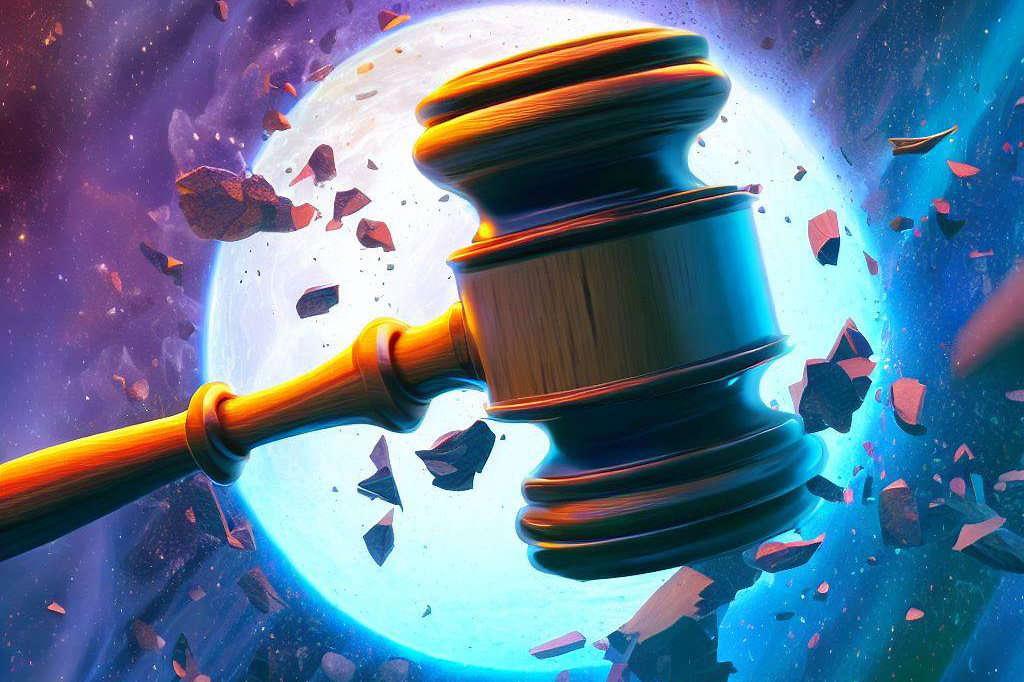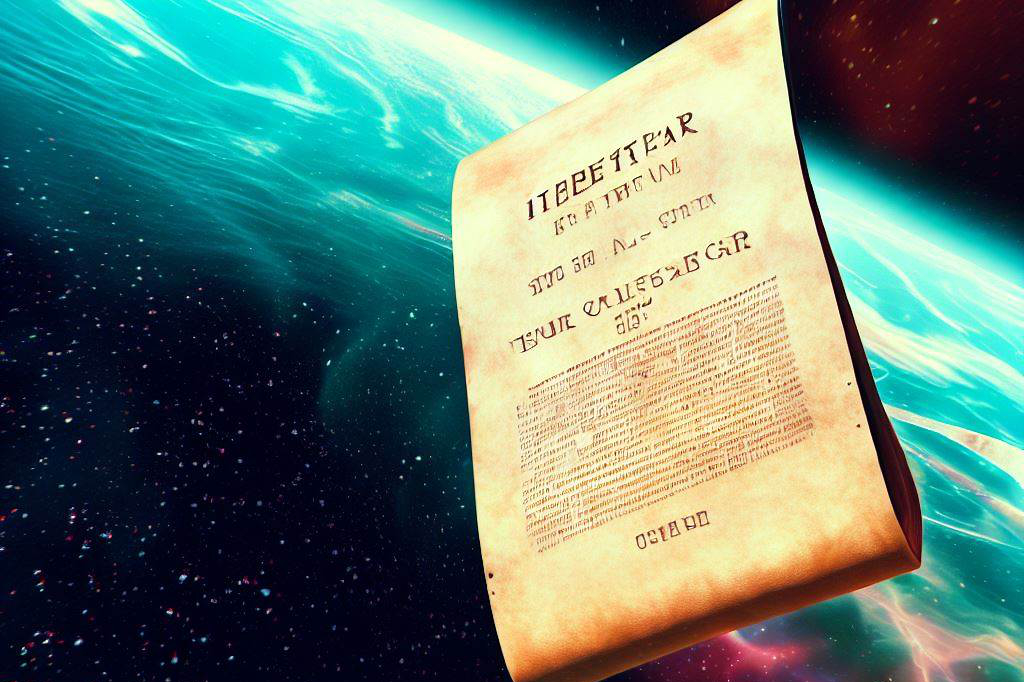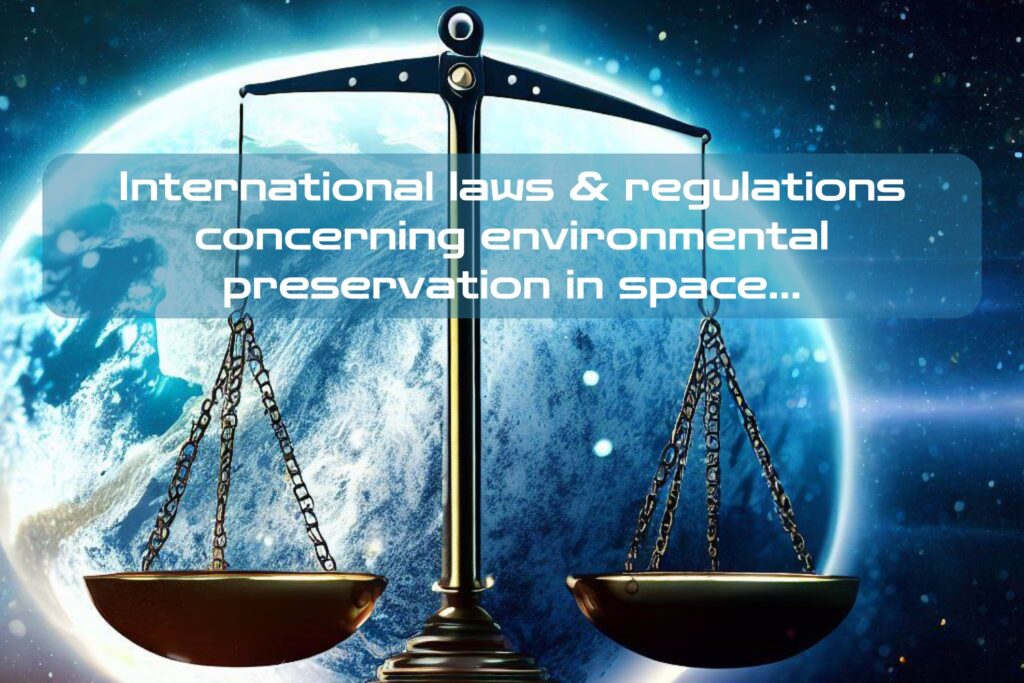The Importance of Environmental Preservation in Space
As human beings continue to explore space, it is imperative that we take into consideration how our activities impact not just ourselves but the environment around us. The need for environmental preservation extends beyond our planet and into space, where we have already begun to leave our mark. The potential consequences of neglecting this responsibility are dire and could affect not only future space exploration but also the overall health of our planet.
The importance of preserving the environment in space goes beyond just maintaining the aesthetics of celestial bodies. Our actions can have a direct impact on ecosystems we may not fully understand or even know exist yet.
For example, debris from satellites and other spacecraft could collide with each other and create more debris, which can potentially harm operational satellites as well as any natural resources that they may rely on. Additionally, some celestial bodies may possess their own unique forms of life or valuable minerals that could be severely impacted by human activity.
The Current State of Space Exploration and Its Impact on the Environment

Despite efforts to reduce waste and pollution produced during missions, the current state of space exploration still has a significant impact on the environment.
Satellites that are no longer functional are left orbiting Earth as space debris, which poses a threat to currently operational satellites and spacecraft. This debris can also potentially fall back to Earth, leading to destruction upon re-entry.
Human missions have also left an impact on celestial bodies such as the moon, where flags planted during Apollo missions remain visible decades later. Similarly, Mars rovers have left tracks across its surface, which may impact future scientific studies.
The Lack of International Laws and Regulations Concerning Environmental Preservation in Space

Despite growing awareness about the importance of environmental preservation in space, there is currently a lack of international laws and regulations addressing this issue. The Outer Space Treaty, which was signed in 1967 by the United Nations, addressed the peaceful use of outer space but did not include any specific provisions on environmental protection.
Similarly, the Moon Agreement of 1979 aimed to regulate activities on celestial bodies such as the moon but did not include any detailed regulations regarding environmental preservation.
To date, there are only a few international agreements and guidelines related to environmental preservation in space, such as the COSPAR (Committee on Space Research) guidelines.
However, adherence to these guidelines is voluntary and lacks any enforcement mechanisms. Despite an increase in private companies’ involvement in space exploration, there are currently no regulations concerning their responsibility for environmental protection.
As such, it is vital that international laws and regulations be put into place that establish clear rules for preserving the environment in space. Failure to do so could lead to serious consequences, such as irreparable damage to ecosystems or even the loss of human life.
The Outer Space Treaty of 1967

An Overview of the Treaty and its Purpose
The Outer Space Treaty, also known as the Treaty on Principles Governing the Activities of States in the Exploration and Use of Outer Space, Including the Moon and Other Celestial Bodies, was signed by the United States, Soviet Union, and United Kingdom in 1967. Its purpose is to prevent an arms race in space and promote peaceful exploration for all nations.
The treaty is considered a cornerstone of international space law. The treaty has ten articles that outline principles for outer space activities.
Article I states that outer space is free for exploration and use by all countries, while Article II prohibits any nation from claiming sovereignty over celestial bodies. Article IX establishes responsibilities for states to avoid harmful contamination of space and celestial bodies.
How It Addresses Environmental Preservation in Space
Article IX is one way that the Outer Space Treaty addresses environmental preservation in space. The article requires states to “take all appropriate measures” to prevent contamination or harmful changes to other celestial bodies or Earth’s environment. This includes avoiding the interplanetary transmission of harmful organisms or organic matter that could contaminate other planets or Earth.
Additionally, Article IV prohibits deploying nuclear weapons on celestial bodies or using them in outer space altogether. This helps protect against radioactive contamination from nuclear explosions.
Limitations and Criticisms of the Treaty’s Effectiveness
While the Outer Space Treaty sets important principles for peaceful exploration and environmental preservation, it has limitations. One criticism is that it lacks specific enforcement mechanisms to hold states accountable for violations.
Additionally, some argue that its language regarding preventing environmental harm does not go far enough to address contemporary concerns like climate change. Despite these limitations, the treaty remains an essential international agreement guiding peaceful exploration and environmental protection in outer space.
The Moon Agreement of 1979

An Overview of the Agreement and Its Purpose
The Moon Agreement, also known as the Agreement Governing the Activities of States on the Moon and Other Celestial Bodies, was adopted by the United Nations General Assembly in 1979. The agreement’s primary objective is to ensure that celestial bodies, including the moon, are used exclusively for peaceful purposes and that their environment is not adversely affected. The agreement stipulates that all activities related to the exploration and use of celestial bodies must be carried out in accordance with international law.
It also requires states to take measures to prevent environmental harm resulting from their activities and impose liability for any damage caused. Furthermore, it establishes a framework for states to cooperate on scientific research related to celestial bodies.
How it Addresses Environmental Preservation on Celestial Bodies, Including the Moon
One of the key provisions in the Moon Agreement is Article 7, which requires states to “take measures to prevent the disruption of [the moon’s] existing balance and its environment.” This includes protecting its natural resources and preventing contamination or damage resulting from human activity. To achieve this goal, states are required to carry out environmental impact assessments before engaging in any activity that could potentially harm a celestial body’s environment.
This assessment should identify potential risks associated with an activity and propose appropriate measures for mitigating these risks. Additionally, Article 11 requires states engaging in mining activities on celestial bodies, such as on portions of lunar soil or regolith, “to establish adequate procedures” for safeguarding against adverse effects those activities may have on other sites or areas having scientific or cultural value.
Limitations and Criticisms of its Effectiveness
Despite its intentions, there are many issues surrounding The Moon Agreement’s effectiveness. Firstly, most spacefaring nations have not ratified it. With only eighteen signatories, none of which are major space powers like the United States, Russia, or China.
Without widespread support from key players in the space exploration industry, its effectiveness is limited. Secondly, some critics argue that the agreement’s vague wording and lack of detail make it difficult to enforce.
Article 11’s utilization guidelines are especially criticized for lacking a concrete point of view on what may constitute “adequate procedures,” making it tough to judge whether states have taken sufficient measures to prevent environmental harm. Some space experts argue that The Moon Agreement impedes progress in space exploration as compliance with its provisions would be too costly in comparison to the profits anticipated from mining operations.
Other International Agreements and Guidelines

In addition to the Outer Space Treaty of 1967 and the Moon Agreement of 1979, there are other international agreements and guidelines aimed at environmental preservation in space. One of these is the Committee on Space Research (COSPAR), which has been providing guidelines for space exploration since 1958. These guidelines cover a wide range of topics, including environmental protection.
COSPAR Guidelines
The COSPAR guidelines related to environmental preservation in space include recommendations for minimizing the contamination of celestial bodies, monitoring spacecraft re-entry into Earth’s atmosphere, and regulating debris mitigation measures. These guidelines also advocate for scientific cooperation between countries regarding the study and understanding of the space environment. COSPAR’s efforts have been instrumental in promoting responsible behavior among spacefaring nations regarding environmental preservation.
However, these guidelines are not legally binding or enforceable by an international organization or body. Therefore, while they provide a framework for best practices, compliance is voluntary.
Effectiveness and Limitations
While COSPAR’s guidelines have had a positive impact on environmental preservation in space, their effectiveness is limited by several factors. First, as mentioned earlier, compliance with these recommendations is voluntary.
Some countries may choose to prioritize their own interests over adhering to these voluntary measures. Secondly, current technological limitations hinder our ability to fully understand or mitigate impacts on celestial bodies’ environments as our research capabilities are still progressing.
This means that any treaties or regulations will continue to evolve as new technologies emerge. While international agreements such as COSPAR provide a much-needed framework for environmental conservation in outer-space activities, they remain unenforceable without binding legislation requiring mandatory adherence by all parties involved.
Private Companies’ Responsibility

Private companies are increasingly becoming involved in space activities, from satellite launches to space tourism. This raises concerns about their responsibility towards environmental preservation in space. Currently, these companies are regulated by a patchwork of laws and guidelines established by national governments and international bodies.
In the United States, the Federal Aviation Administration (FAA) is responsible for regulating commercial space activities. The FAA issues licenses for launches and reentries of spacecraft, as well as for the operation of launch sites and reentry sites.
These licenses include conditions related to environmental protection, such as minimizing debris and controlling emissions. Other countries have similar regulatory frameworks for commercial space activities.
For example, the European Space Agency (ESA) has established guidelines for environmental protection in its launcher program. These guidelines cover aspects such as
- reducing the risk of collisions with other spacecraft or debris,
- minimizing atmospheric pollution from rocket engines,
- and avoiding contamination of celestial bodies during planetary missions.
Potential Future Regulations for Private Companies’ Involvement in Outer-Space Activities

The increasing involvement of private companies in space activities has prompted calls for more comprehensive international regulations concerning environmental preservation in space.
One proposal is to update or expand existing treaties, such as the Outer Space Treaty or the Moon Agreement, to include more detailed provisions on environmental protection.
Another proposal is to establish a new international body specifically dedicated to regulating commercial space activities and ensuring environmental protection.
Such a body could develop standards and best practices for private companies operating in outer space, monitor compliance with these standards, and enforce penalties for non-compliance. However, there are challenges to implementing such regulations.
One challenge is that many countries may be reluctant to cede control over their own regulatory frameworks to an international body. Another challenge is that private companies may resist stricter regulations that they perceive as hindering their competitiveness or innovation.
Final Thoughts

As the world’s interest in space exploration continues to grow, it is vital that we take care of the environment beyond our planet. The lack of international laws and regulations concerning environmental preservation in space is a concern for many people.
However, there are still options available to help protect our celestial neighbors. The Outer Space Treaty of 1967 and the Moon Agreement of 1979 provide some guidelines on how we should preserve the environment in outer space.
While they have their limitations and criticisms, they are a crucial start towards creating a safe and sustainable environment beyond Earth’s atmosphere. Furthermore, other international agreements and guidelines, such as COSPAR guidelines, can support the protection of celestial bodies from contamination by human activities.
It is important to note that these agreements also have limitations but still play an essential role in preventing further damage to space environments. Private companies also have a responsibility to protect outer-space environments during their activities.
Governmental bodies should continue regulating them regarding environmental protection in space, which could reduce detrimental effects on celestial bodies. This would guarantee that private companies avoid harming our planet or any other celestial body beyond Earth’s atmosphere.
Though there are no definitive international laws and regulations surrounding environmental preservation in space, we must continue exploring ways to create a safe and sustainable celestial environment for future generations. By following existing agreements’ guidelines while continuing research on better approaches to environmental protection, we can safeguard our future beyond Earth’s atmosphere.

C M, a seasoned editor, journalist, and consultant, is deeply fascinated by the convergence of technology, space, and the future of humanity.
With a particular interest in transhumanity, futurology, and the philosophical and ethical dimensions of these domains, C M serves as the lead contributor to SpaceSpotlight and TranscendSphere.
When not penning insightful articles on these rapidly evolving fields, C M indulges in their love for podcasts and books, proudly embracing their status as a ‘Happy Nerd Extraordinaire!’



